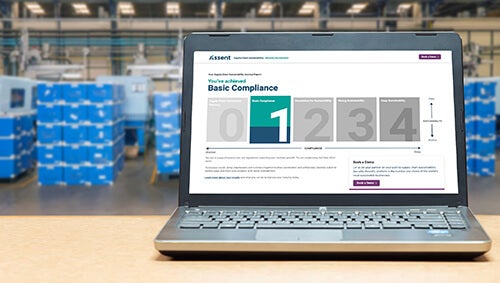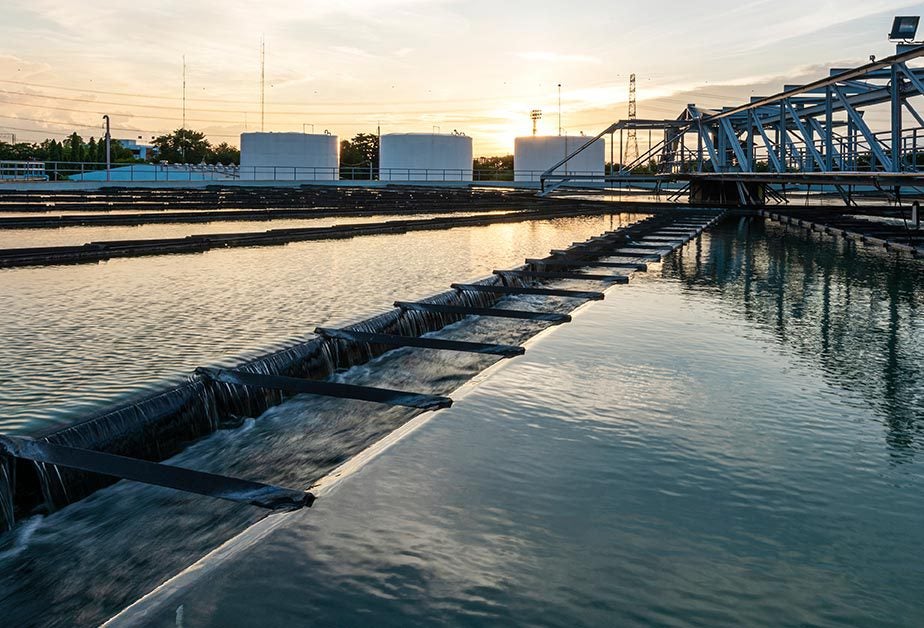

Latest Tools and Resources for PFAS Compliance
Prepare and scope your PFAS risks with our latest guides, webinars and whitepapers.
Frequently Asked Questions About PFAS Compliance
Research and regulations around PFAS compliance are constantly being updated, making it hard to keep up. Here are some of the common questions about PFAS compliance.
How Many PFAS Are Tracked?
Most Common PFAS Substances
Common Products That Use PFAS
North American PFAS Regulatory Risks
EU PFAS Regulatory Risks
How Many PFAS Are Tracked?
The Organisation for Economic Co-operation and Development (OECD) maintains a list of over 4,700 PFAS substances. The EPA tracks over 12,000.
Most Common PFAS Substances
- Polytetrafluoroethylene (PTFE)
- Perfluorooctanoic acid (PFOA)
- Perfluorooctanesulfonic acid (PFOS)
- GenX
- Polytetrafluoroethylene (ePTFE)
- Polyvinylidene fluoride (PVDF)
- Polyvinyl fluoride (PVF)
- Polychlorotrifluoroethylene (PCTFE)
- Fluorinated ethylene propylene (FEP)
- Fluoroelastomers
Common Products That Use PFAS
- Heat resistant electrical insulation
- Heat-resistant coatings
- Non-reactive lubricants (oil, grease)
- Fuel-, oil-, & chemical-resistant components
- Oxygen sensors and related ‘breathable’ membranes
- Non-wetting (hydrophobic) surface coatings
- Oleophobic or lipophobic surface coatings
- Evaporation barriers (e.g., plating tanks)
- Antifogging coatings and wipes
- On packaging (e.g., for engine parts)
North American Regulatory Risks
- TSCA: The Environmental Protection Agency (EPA) roadmap for PFAS, including a proposal requiring PFAS reporting going back to 2011. The final rule is expected to include 1,300+ substances.
- 30+ states have created or proposed legislation regulating PFAS substances, including the state of Maine, which will require reporting of all products containing PFAS beginning in January 2023.
EU PFAS Regulatory Risks
- REACH, POPs, and the EU MDR restrict many PFAS.
- C9-14 PFCAs will be restricted through REACH in 2023 as part of the Annex XVII Restricted List.
- Five countries are preparing a REACH restriction proposal to include up to 4,700 PFAS chemicals, which is expected in 2023 and would take effect as early as 2025.















